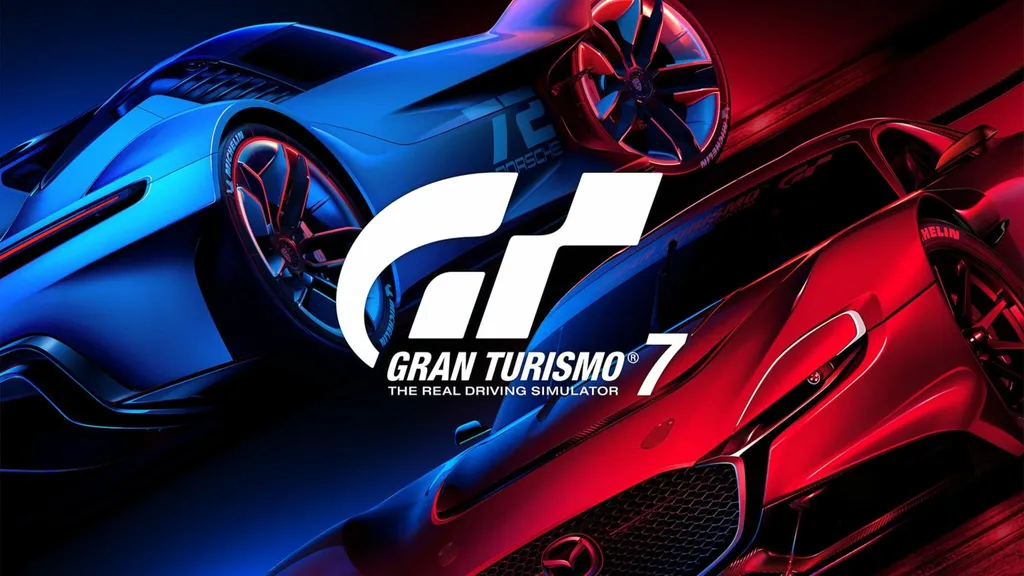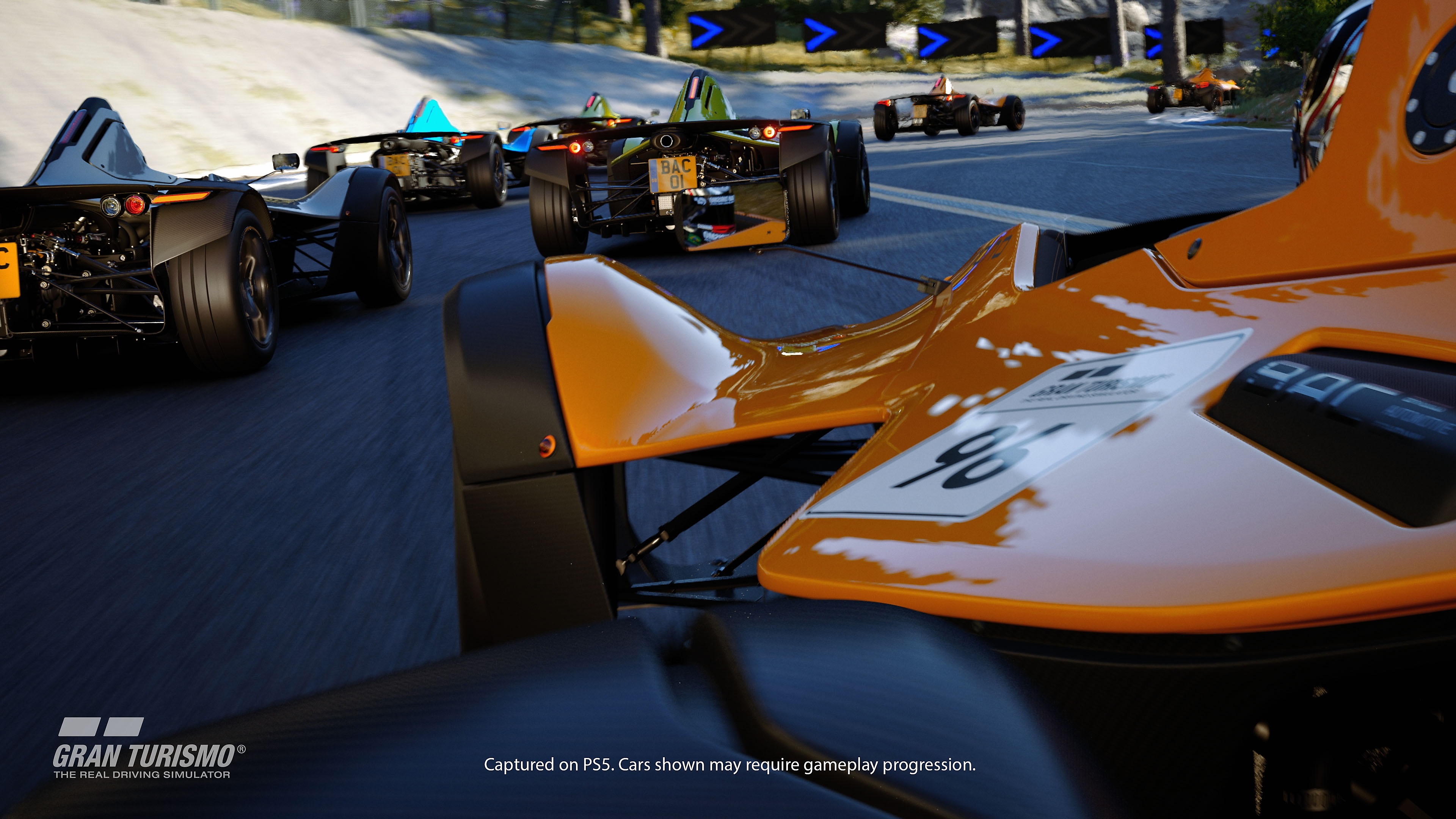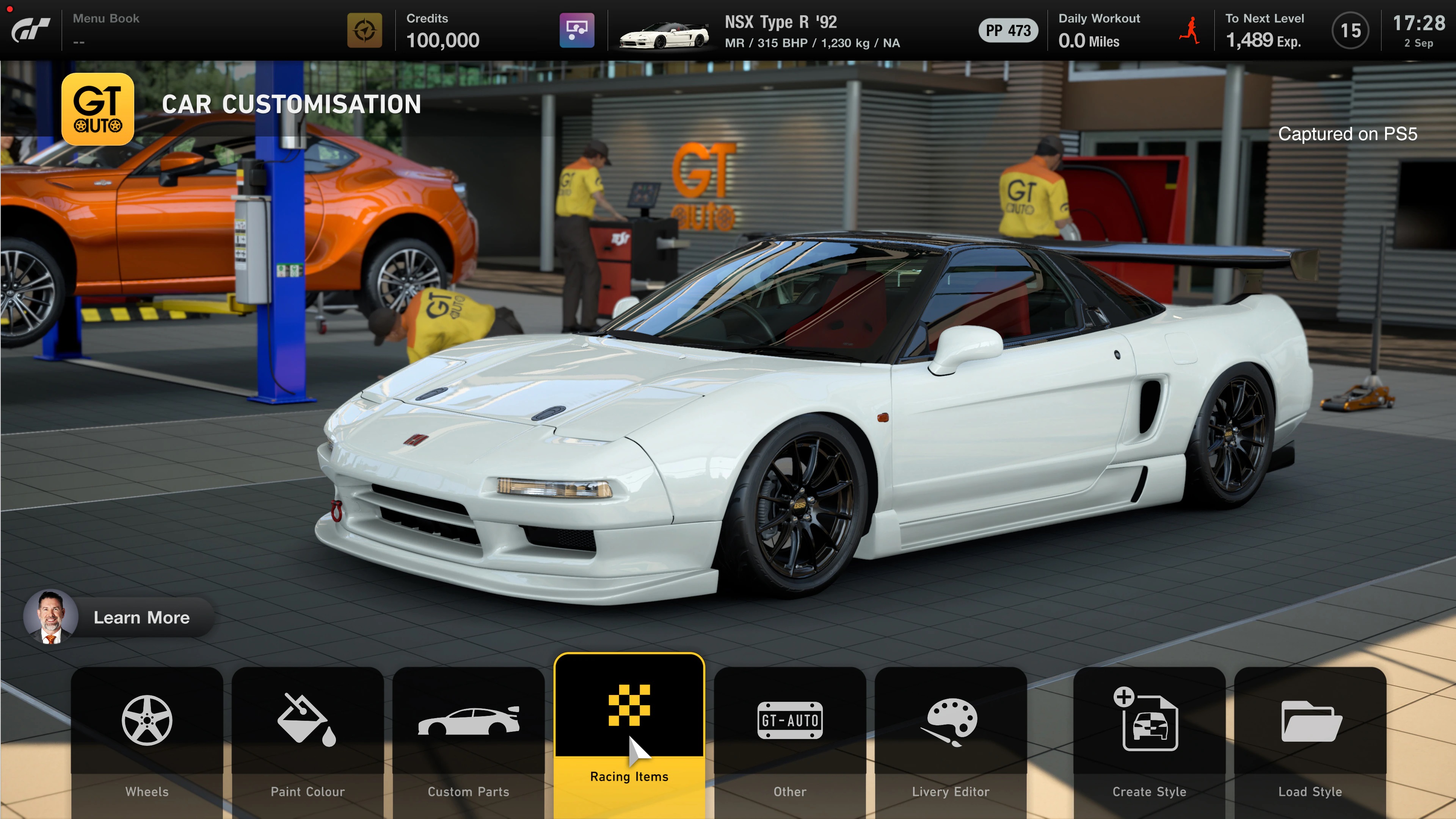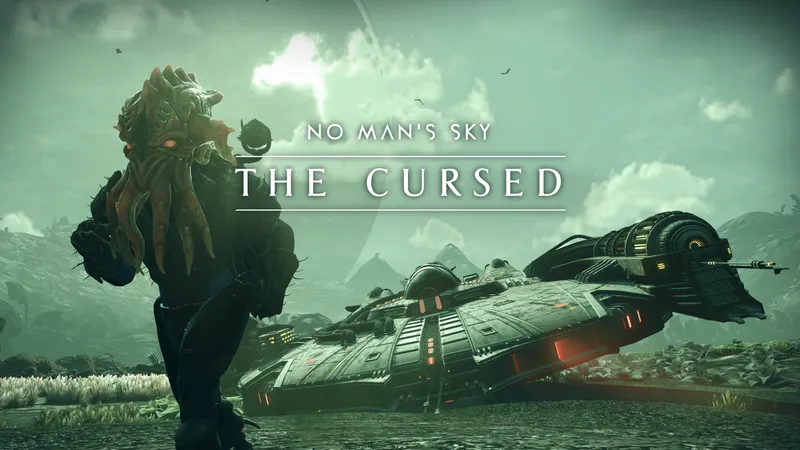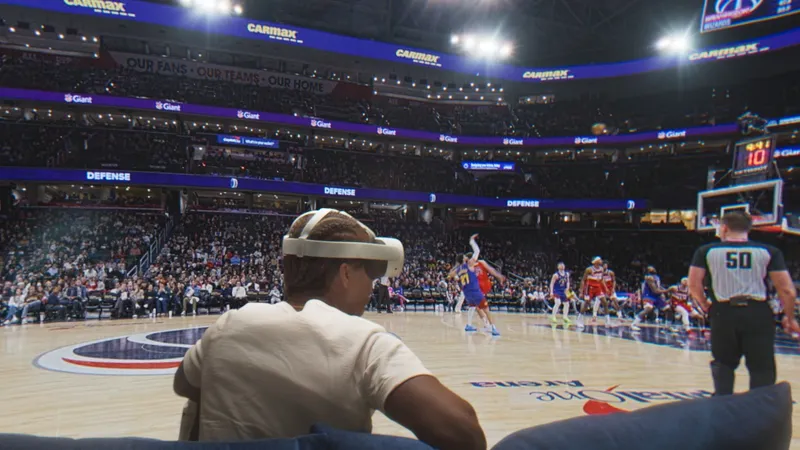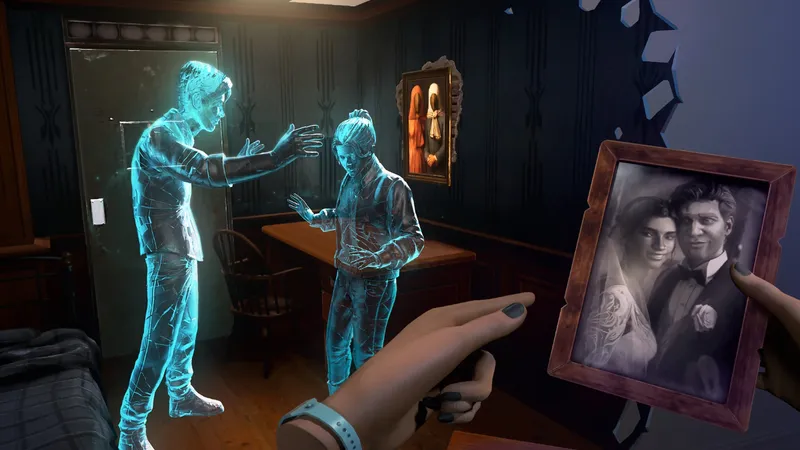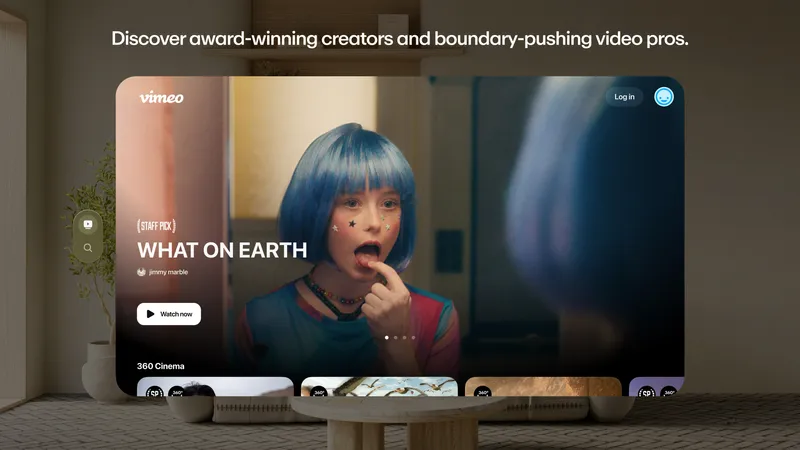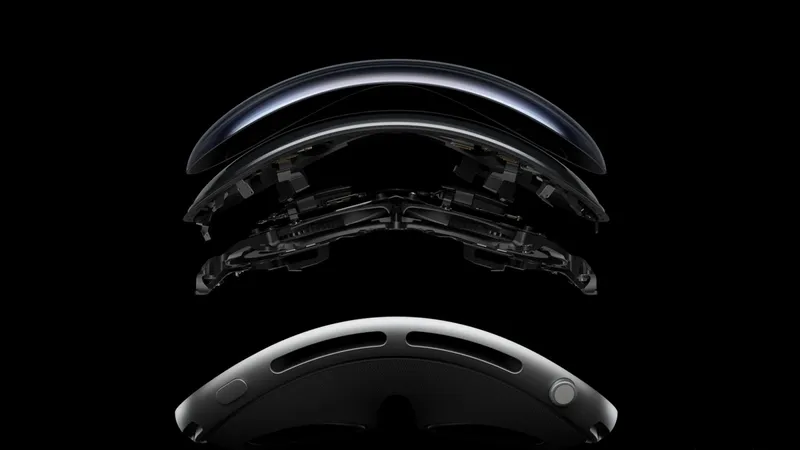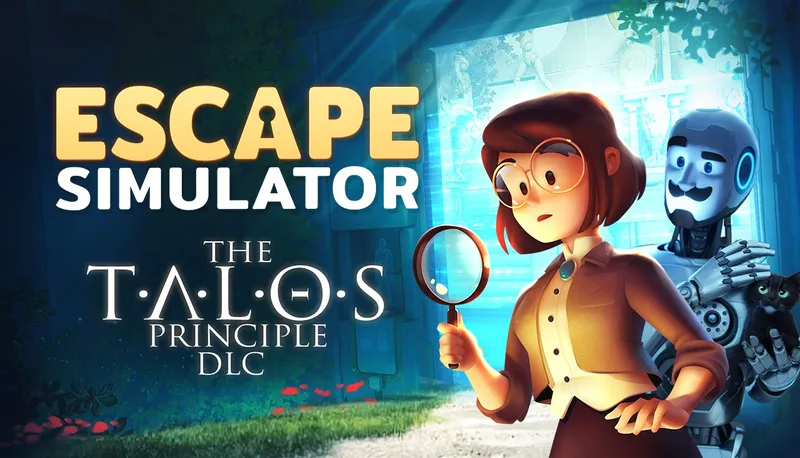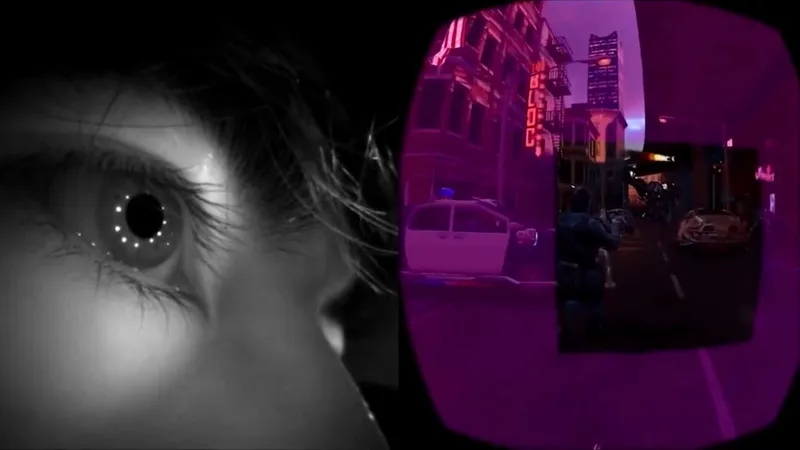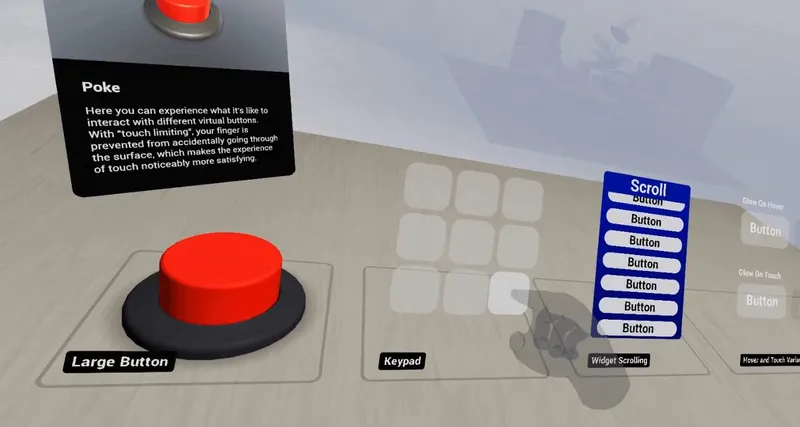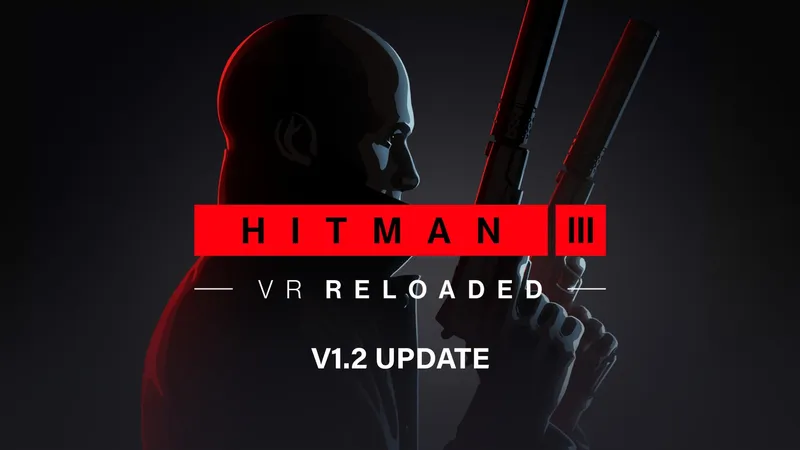Gran Turismo 7 has been hailed as a return to form for Polyphony Digital’s long-running racing series, and it’s clear to see why.
Releasing at the beginning of the PS5 generation and doubling down on visual flair with a full set of features, GT7 makes the troubling days of GT5 and 6 seem like a distant memory, building on the reassuring foundation laid by the more streamlined Gran Turismo Sport. At a time when racing games love to chase after open-world designs, that’s something unusually refreshing about its antiquated menus and stubborn adherence to car culture.
But, although the game delivers hundreds of vehicles and a robust career mode — not to mention the Animal Crossing-like delights of the GT Cafe missions system — there’s a hole right at the center of this latest offering, and it can only be filled with VR support.
Currently, there’s no official confirmation that GT7 will end up supporting the upcoming PSVR 2 headset, but it’s about as much of a no-brainer as you could ask for. GT Sport featured incredibly lackluster PSVR support; you could race on any track and in any car, but only in time trials or against one AI opponent. Even before launch, series creator Kazunori Yamauchi was very open with how the first PSVR setup’s lack of power frustrated that experience. A few years back he also noted that VR would be one of the first areas to make a big gain with a PS5 Gran Turismo, fuelling speculation a full sequel might have deeper support.
But what would we actually want to see from VR support for Gran Turismo 7?
The Full Gran Turismo 7 Experience
The first and most obvious point is that, if GT7 is going to support PSVR 2, it needs to be the entire experience this time around. That means the full career mode and multiplayer options. The increased performance of the PS5 combined should make this a much more realistic goal.
This goes for when you’re off the track, too. GT7 crafts an idyllic automotive landscape between its garages, dealerships and the really rather wonderful GT Cafe. It’d be great to explore some of these locations in VR rather than navigating virtual menus, though that’s admittedly a tall order.
Down To The Details
Gran Turismo is as much about appreciating the look and design of its cars as it is driving them. GT7, in particular, features an encyclopedia’s worth of car history, often paired with sweeping shots of vehicles in question calmly journeying through iconic landscapes. More than it ever has before, the game approaches reality in stunning ways.
But it’s also true that the increasingly incremental power gains between console generations mean we’re no longer seeing dramatic leaps in visual fidelity akin to going from Gran Turismo 2 on PS1 to Gran Turismo 3 A-Spec on PS2. The further the series gets to photorealism, the more it all starts to look the same.
But, with VR, we have a new perspective to appreciate all of this from. 4K flatscreens make the game look immaculate, but you don’t get to get up close and personal with their interiors or designs. With PSVR 2, you’d get to sit and scrutinize every meticulously-recreated surface and switch in much closer detail. We’re excited to jump into these cars and have a much greater sense of ‘being there’ than you can on a traditional display.
VR Playbacks
As soon as you finish a race in GT7, the game switches over to a cinematic playback to let you admire your work. It’s a welcome moment of self-congratulation, but there’s a big opportunity to go further with VR. Imagine having a perfect vantage point from which to watch your playbacks in full 3D or, better yet, a god mode-like ability to scale tracks up and down as you watch. This could help inform players about their approach and angles so that they could strategize for their next attempt, whilst also providing a more engaging spectator experience.
Head Haptics
One of the most intriguing new features of PSVR 2 is the haptic motor embedded into the headset itself. Sony says this will be used to feel effects like the wind rushing past your face. We’re keen to see if it can be applied to driving games in any way to help capture a sense of speed. Could this also potentially help with any kind of VR motion sickness you might get from playing in PSVR 2?
Improved Lap Times(?)
Now, this is something we’re interested in. Gran Turismo is a game of perfecting judgment. The early game tutorials often reinforce the idea of memorizing landmarks as signs of when to slow down for a corner, and race lines help you line up angles too. We can’t help but wonder if, with clearer, smoother VR support, these elements might be easier to judge with a VR headset on. You’ll have an increased sense of speed and distance, not to mention the ability to more directly gaze at your intended destination. We’ll be fascinated to see if, once hypothetical VR support launches, professional players can improve on their existing times.
The Ultimate Setup
PSVR’s Ace Combat 7 campaign was a fantastic experience with the controller, but it really came to life with a flight stick, truly marrying your movements in the real and virtual worlds. We’d expect the same to be true of playing GT7 in VR; amazing with a DualSense, but utterly unmissable with a racing wheel. It’d also be interesting to see if Polyphony could implement any motion-controlled virtual steering wheels into the experience, though capturing the feedback and accuracy required to play the game at the top level would be an incredible challenge.
That’s what we want to see from possible PSVR 2 support from Gran Turismo 7, but what ideas do you have? Let us know in the comments below and be sure to keep up with our list of rumored and confirmed PSVR 2 games as well as everything else we know about the headset right now.

